CellNEST reveals cell-cell relay networks using attention mechanisms on spatial transcriptomics
- PMID: 40481363
- PMCID: PMC12240806
- DOI: 10.1038/s41592-025-02721-3
CellNEST reveals cell-cell relay networks using attention mechanisms on spatial transcriptomics
Abstract
Dysregulation of communication between cells mediates complex diseases such as cancer and diabetes; however, detecting cell-cell communication at scale remains one of the greatest challenges in transcriptomics. Most current single-cell RNA sequencing and spatial transcriptomics computational approaches exhibit high false-positive rates, do not detect signals between individual cells and only identify single ligand-receptor communication. To overcome these challenges, we developed Cell Neural Networks on Spatial Transcriptomics (CellNEST) to decipher patterns of communication. Our model introduces a new type of relay-network communication detection that identifies putative ligand-receptor-ligand-receptor communication. CellNEST detects T cell homing signals in human lymph nodes, identifies aggressive cancer communication in lung adenocarcinoma and colorectal cancer, and predicts new patterns of communication that may act as relay networks in pancreatic cancer. Along with CellNEST, we provide a web-based, interactive visualization method to explore in situ communication. CellNEST is available at https://github.com/schwartzlab-methods/CellNEST .
© 2025. The Author(s).
Conflict of interest statement
Competing interests: The authors declare no competing interests.
Figures
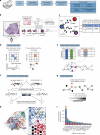
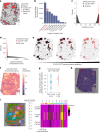
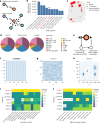

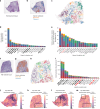
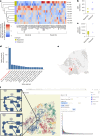


References
-
- Hanahan, D. Hallmarks of cancer: new dimensions. Cancer Discov12, 31–46 (2022). - PubMed
-
- Wang, Y. et al. iTALK: an R package to characterize and illustrate intercellular communication. Preprint at bioRxiv10.1101/507871 (2019).
MeSH terms
LinkOut - more resources
Full Text Sources

